Air Purifier 101: What & How
Why do I need an air purifier?
Air purifier is an appliance that purifies the air through absorbing/intercepting air pollutants(e.g. PM2.5/dust/pollen/batteria/allergens/odor/formaldehyde or other hazardous gas generated from interior renovation), significantly improving the air quality. Nowadays, air pollution in urban areas gets worse year by year. Combining with the recent pandemic, the need for an air purifier is urgent for many who live in the city.

- Air pollution
An air purifier can help improve your indoor air quality from outdoor air pollution, which is mostly what we call PM2.5. PM2.5 particles are relatively large and very active, prone to carrying toxic/hazardous material into the atmosphere for a long time and distance. It has a huge impact on human health and air quality.
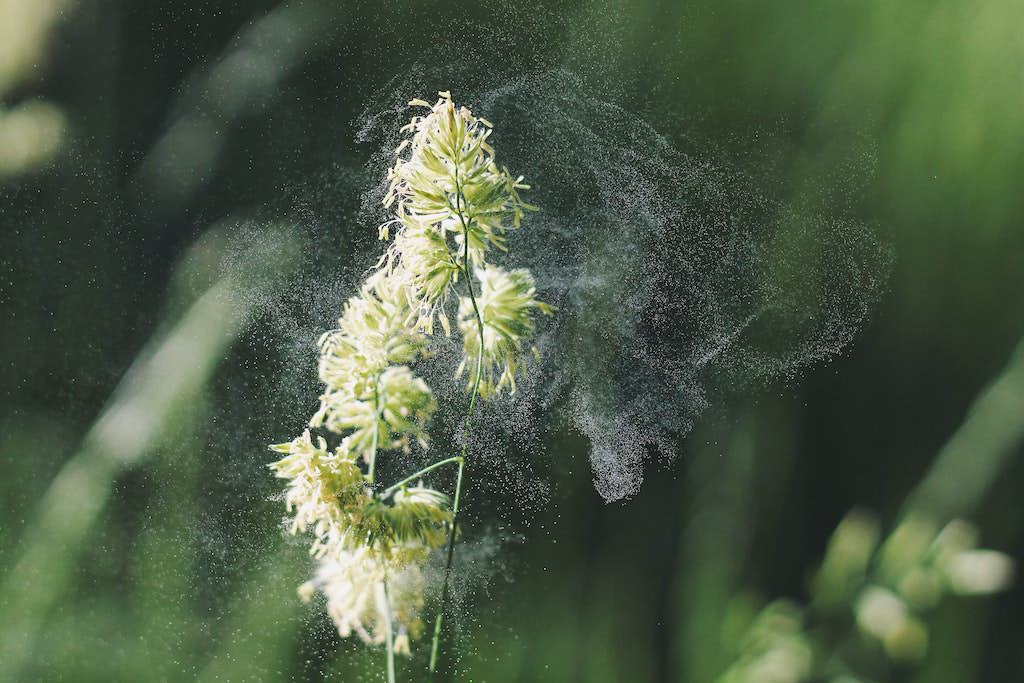
- Pollen
For families with indoor plants, pollen is one of the main culprits of allergies. Many family members suffer from serious hay fever symptoms like sneezing/sniffle/eye-watering/stuffy-nose. An air purifier would filter the pollen particles in the air, and greatly improve the pollen-related symptoms.
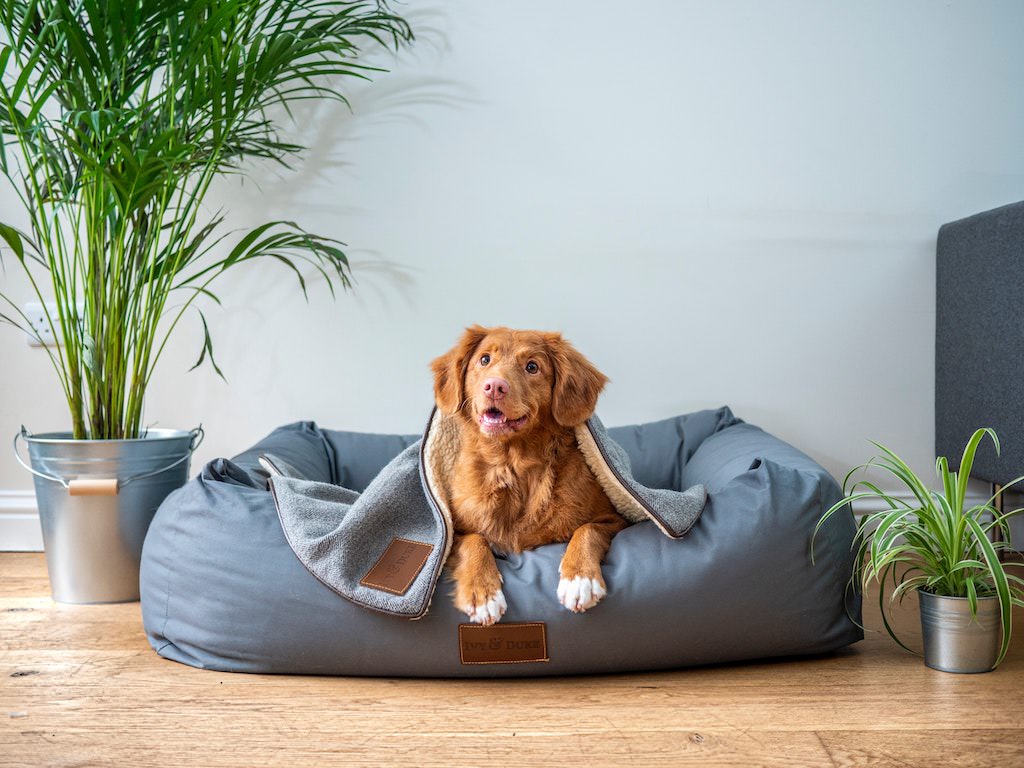
- Pet Allergens
According to estimation, 10-20% of global pollulation are affected by pet allergies, and the number continues to grow as more and more people become pet owners. Pet allergies are usually caused by the negative immune response to animal proteins, showing symptoms like allergic rhinitis. The stimulants could travel indoor through the air for hours . Even if you avoid direct contact with your best pal(though not very likely), airborne particles like pet dander/dried-out spit or faeces would cause unpleasant indoor allergies. Just like PM2.5, an air purifier can filter these particles effectively as well.

- Second-hand Smoke
Visible or not, second-hand smoke contains over 3000+ chemical pollutants, causing a lot of severe diseases. An air purifier would significantly improve the air condition, but we still recommend you to not smoke indoor at all.
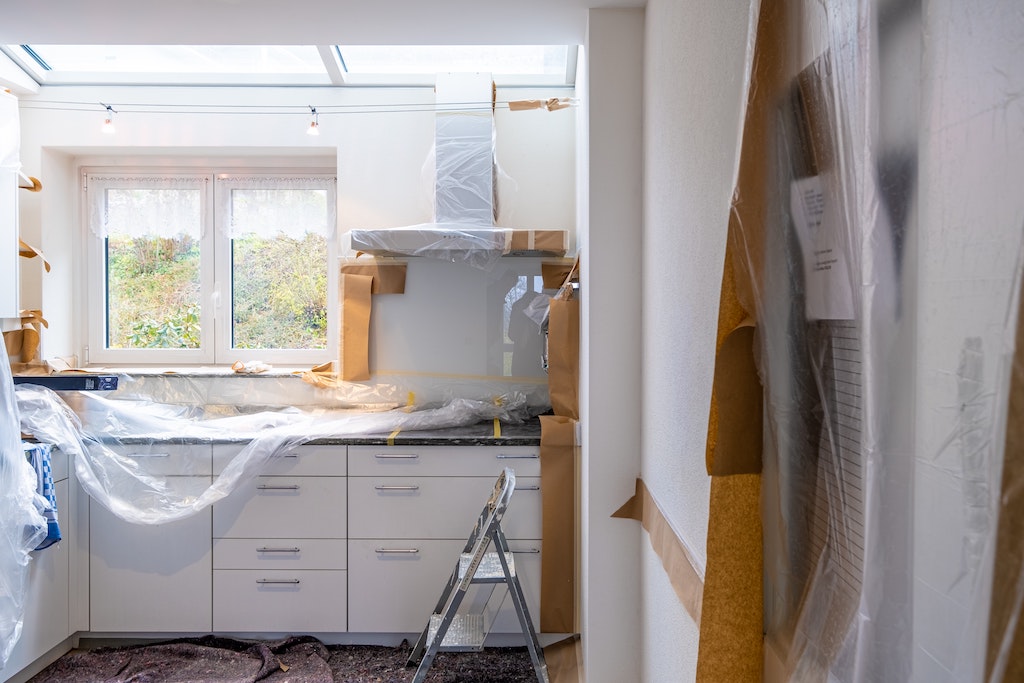
- Indoor Renovation
This is what people would overlook when it comes to invisible air pollution. VOC, or volatile organic compounds, are mostly invisible to human eyes, but relatively dangerous compared to PM2.5 particles. These compounds usually come from materials for indoor renovation like painting/wallpapers/coatings. Evidence showed that these matters would cause not only physical symptoms, but also increase the possibility of certain cancers like acute leukemia. The VOC particles are so small that normal filters simply can not catch them effectively. Some of the latest generation of air purifiers, however, figured out their formula to catch these culprits with the power of active carbon layer.
How does an air purifier work?
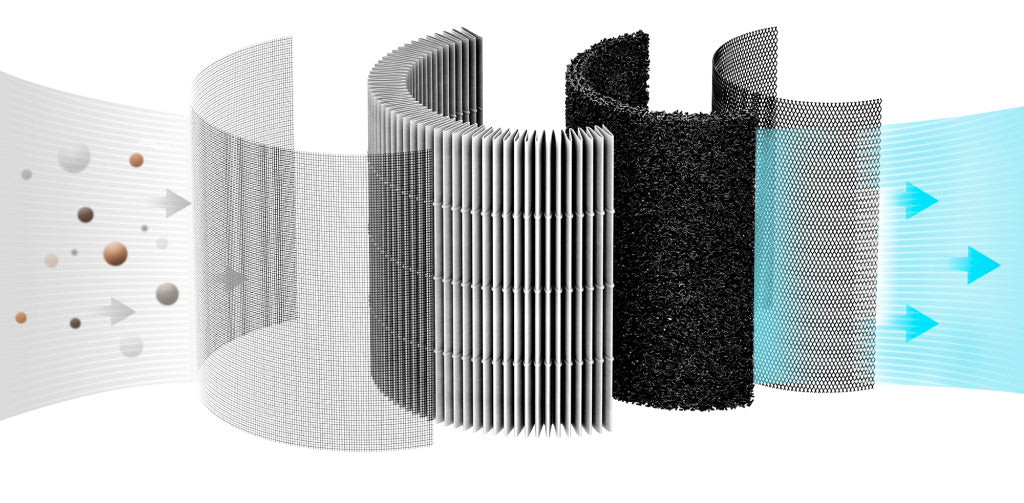
There are many kinds of air purifications: mostly physical interceptions, and partially chemical absorptions. Most air purifiers cope with air pollutants with physical filters: the motor drives the fan to intake the air from the environment, then runs the air through filters to catch the bigger air particles, leaving the smaller ones like VOCs to active carbon layer. Some high-end air purifiers would use additional absorbing materials or catalysts to clean specific elements, turning dirty air to clean.
Air purifiers only clean the invisible pollutants, right?

That is not true. There are a lot of invisible pollutants in the air, like formaldahyde/benzine/ammonia, that are significantly hazardous to our body. Nowadays, the latest air purifiers with brand-new technologies can catalyze/absorb/transform these pollutants to clean the air thoroughly.
How to evaluate the performance of an air purifier?
Below are the top measures of an air purifier's performance:
1/CADR, Clean Air Delivery Rate. It is an indication of the overall clean airflow output volume from an air purifier within a time unit at m³/h. Generally speaking, the bigger CADR is, the faster your air purifier processes the air, and the larger space it can cope with. However, CADR isn't a simple conclusion for your purchase decision, it's related to the size of your living space. A large room using a low CADR device will not get ideal efficiency, while a high CADR device in a small room will take too much space, use too much energy, and make too much noise.
2/Purification power efficiency. This is the measurement of clean air volume produced per energy unit(like watt). Bigger the number is, the more efficient your air purifier will be.
3/CCM, Cumulate Clean Mass. This is the overall bearing weight of cumulative pollutants within a filter, measured in milligram. The larger CCM is, the more your filter will contain, resulting in longer filter life.
4/Sensing ability. Precise pollutant sensing technologies help you read more about air pollution, and adjust the air purifier 's working power faster to clean up better.
5/HEPA. High Efficiency Particulate Air. This is a simple, clear way of determining filter performance. The higher HEPA level a filter is, the better performance it would get from a single run.
Short index of HEPA evaluation:
A 95%+ purification efficiency for particles at 0.1-0.3μm in diameter can be called H11.
A 99.5%+ purification efficiency for particles at 0.1-0.3μm in diameter can be called H12.
A 99.95%+ purification efficiency for particles at 0.1-0.3μm in diameter can be called H13.
However, only a high number doesn't mean the best filtering performance. The higher level your filter is, the more layers it will contain, hence heavier air resistance it will face. As a result, less wind would come in and out of the filter, if the air purifier's performance doesn't catch up. HEPA is only a quantitative measurement of filter's power alone. A high-performance air purifier must achieve the balance between the sensor for accuracy, the motor for power, the filter for interception, and the wind circulation design for flowing efficiency.
How to pick the one that suits my need for air purification?
By now you have learned what makes a great air purifier, time to evaluate what you need and what you don't.
First off, decide where do you want to use your air purifier. The larger space there is, the more powerful air purifier you will need to clean up the air efficiently. On our website, we provide a relative suitable room space based on the CADR that we mentioned above for every air purifier, so that you can quickly decide which one suits you best. Only choose the one that fits your need. Picking an over-powered air purifier would either take up too much space or use too much energy, while under-powered ones tend to run at full speed too often, chipping away the filter life too soon, bringing loud noise and low efficiency.
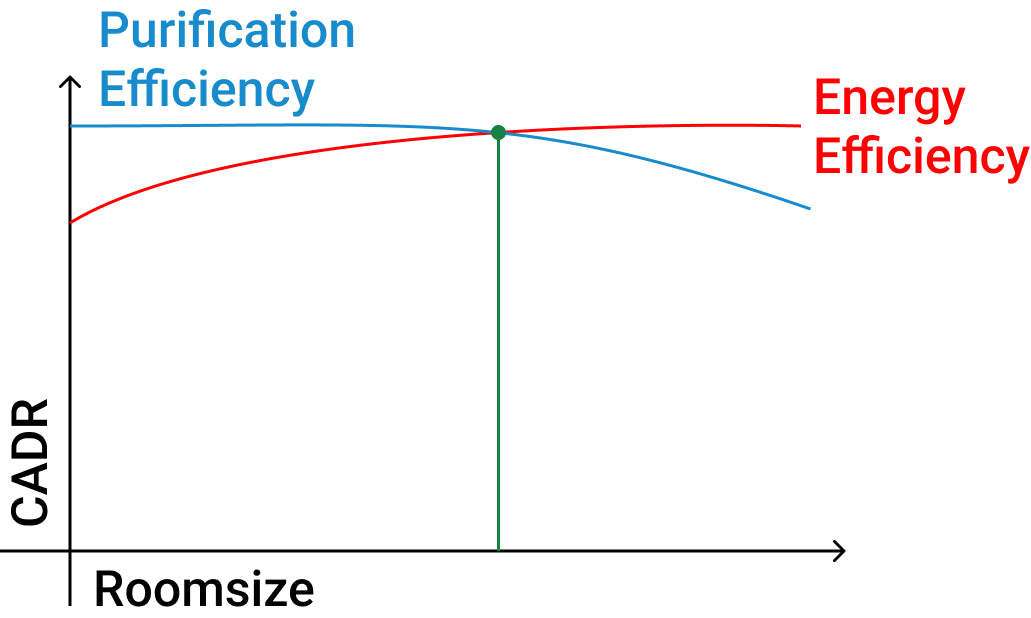
Secondly, take a look at the sensors. There's much more than visible pollutants that make us uncomfortable---the invisible ones like VOCs are just as hazardous as PM2.5/10, or even worse. Choose the one that gathers more information and cleans more, especially when you have just finished home renovation, or had a newborn baby/new pet into the family. They mean much more than just numbers.
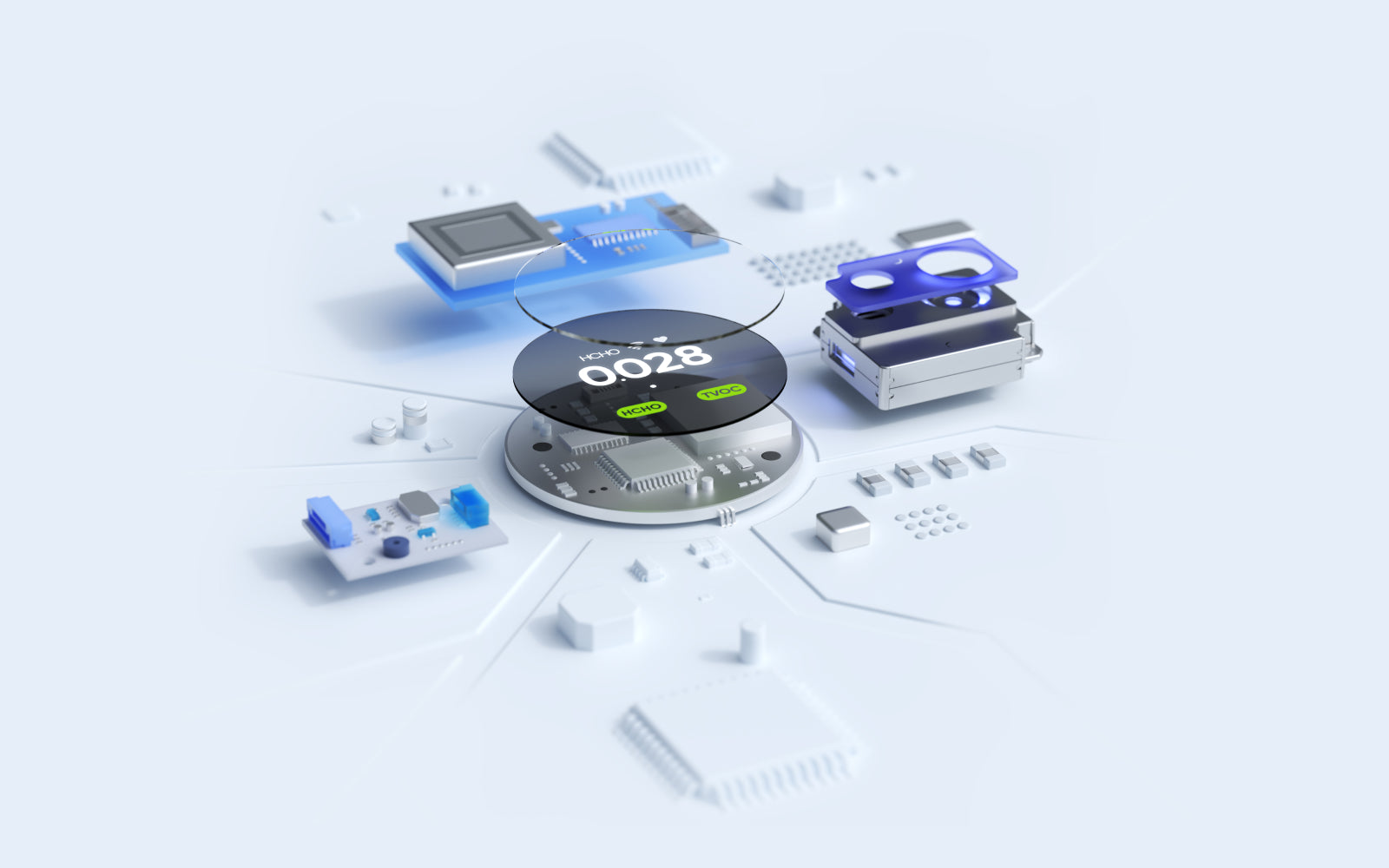
Third and final, pick one that fits your home environment. Air Purifier is generally big device, choose the right size and right performance would help you save up a lot of space. On the other hand, a nice-looking air purifier would make your home nicer while making the air cleaner. Win-win.

How often should I change the filter?
There is no specific time interval for changing a filter. Every home space has different air conditions and user preferences. Generally speaking, the higher frequency you use the air purifier, the more often you should change the filter. This usually happens when you live in a house with an open kitchen, or in-house plants, or many pets. With automatic detection systems like RF-ID, the air purifier nowadays can detect filter's usage in real time, all you have to do is change the filter according to notification.
Should I turn on the air purifier all the time?
We recommend turning the air purifier on and leaving it on auto mode. The smart sensors can detect the air condition and change its working power accordingly in realtime to make sure 24/7 supply of clean air around your home space. When you are sleeping, you can turn the air purifier to sleep mode to keep it as quiet as possible, and enjoy a good night's dream in fresh air.


